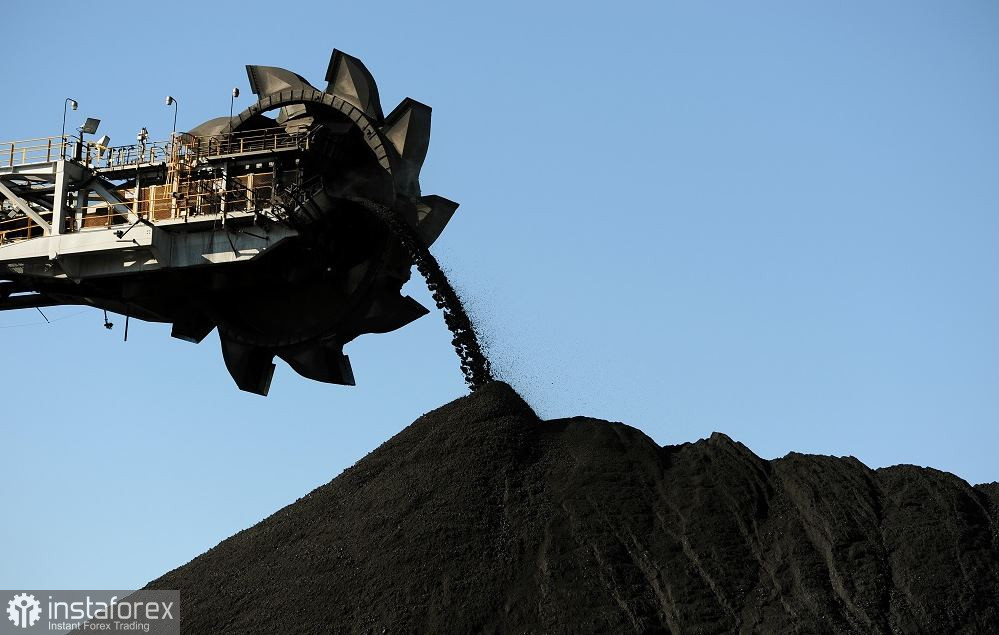In today's trading, the Australian dollar surged against the US dollar, breaking the three-week price peak in just a few hours after rising more than 160 points. Interestingly, such price dynamics were triggered by both the rise of the Australian dollar and the weakening of the US dollar. It turns out that China played a significant part in this, which under the circumstances can not only frighten investors with a new COVID outbreak or disappoint with dismal macroeconomic data. Beijing has backed the Australian dollar today in the framework of relations between China and Australia by sending messages of peace.

It is important to take a quick historical detour. In light of the COVID-19 outbreak, China deliberately "tightened the screws" in its relations with Australia during the events that took place 2.5 years ago. The reality is that Canberra actively and openly pushed for a global study into the coronavirus's origins as well as early intervention efforts (i.e., when it was still present within Wuhan's boundaries). Australia has also been among the most vocal opponents of the Chinese government's treatment of Uyghurs.
China reduced its debt by restricting the import of Australian coal in October 2020 (the official justification is that Australian coal does not meet Chinese environmental standards). Before that, Beijing had raised customs duties on Australian wines significantly and had also limited the supply of lamb from two major Australian suppliers. A portion of the Australian supply of beef and barley was also suspended by Chinese customs officials because they claimed it did not meet PRC sanitary standards. China put a total ban on coal imports from Australia in November 2020. In Chinese seaports, 53 bulk vessels carrying Australian coal have gathered. China started releasing coking coal from Australia to customers about a year later, in October 2021, but only the coal that had been discharged at ports before the import restriction took effect.
Moreover, it was recently revealed that China is examining the idea of partially lifting the embargo on the import of Australian coal, 2.5 years after the start of the trade war. As of yet, this is unofficial information; Bloomberg journalists reported the corresponding insider. They claim that yesterday's meeting of the People's Republic of China's State Committee for Development and Reform resulted in the approval of new coal purchases for this year for four major importers (China Baowu Steel Group Corp., China Datang Corp., China Huaneng Group Co., and China Energy Investment Corp.). Information at hand indicates that imports could start up again as early as April 1. And even though the insider's report hasn't been formally validated, most analysts lean toward thinking that it's real. Australia and China have recently noticeably improved relations. The development of relations between China and Australia, in particular, was credited to Australian Foreign Minister Penny Wong's working trip to China in December, which led Chinese President Xi Jinping to claim that it "contributes to strengthening stability and prosperity in the Asia-Pacific region."
The Bloomberg story from today needs to be seen in light of the aforementioned events in a broader sense. Naturally, the PRC's "green light" for coal supply is significant, but traders saw China's action as a strong signal to cease the covert trade war. You probably already know that China is Australia's main trading partner, so the Australian response makes sense. The COVID infection outbreak may have already peaked in several of the biggest cities, according to statements made by several pertinent experts that were published in the news today. Although this claim is very debatable (mainly as a result of the information blackout), it served its purpose by contributing to the general mood of the time.

Technically speaking, the daily chart's upper line of the Bollinger Bands indicator, or the 0.6890 level, is being tested by the AUD/USD pair. The Ichimoku indicator's lines, which formed a bullish "Line Parade" signal, are all above the price, as well. Long positions should be prioritized, according to the current technical situation. At the same time, long positions should only be taken into account until buyers pass through the 0.6890 resistance level. The top line of the Bollinger Bands indicator on the weekly chart, which corresponds to the next price barrier of 0.7030, will be made accessible by traders in this scenario. The "well-being" of the US dollar, which in turn depends on the Fed's future actions and intentions, will determine whether this goal is met. The Federal Reserve's meeting minutes from its December meeting, which have the power to bolster or weaken the dollar across the market, will determine the medium-term fate of the AUD/USD northern trend.
 English
English 
 Русский
Русский Bahasa Indonesia
Bahasa Indonesia Bahasa Malay
Bahasa Malay ไทย
ไทย Español
Español Deutsch
Deutsch Български
Български Français
Français Tiếng Việt
Tiếng Việt 中文
中文 বাংলা
বাংলা हिन्दी
हिन्दी Čeština
Čeština Українська
Українська Română
Română

